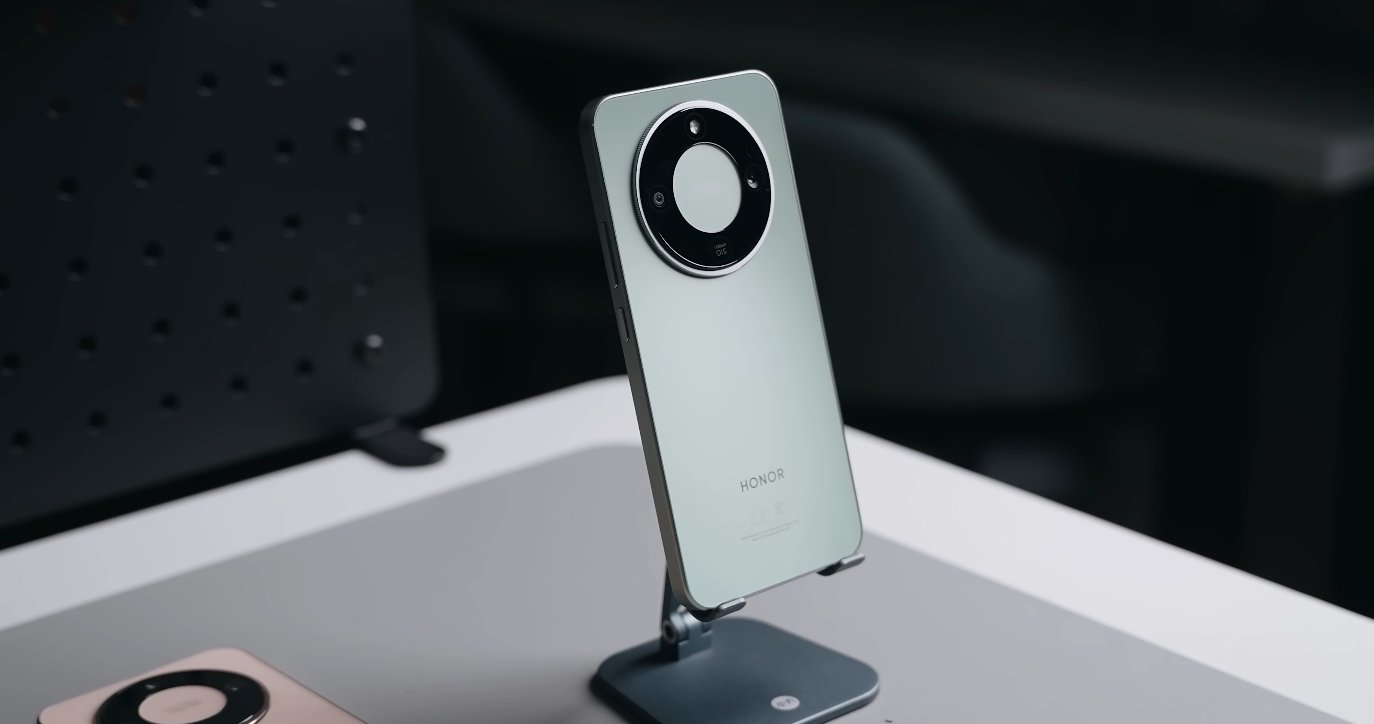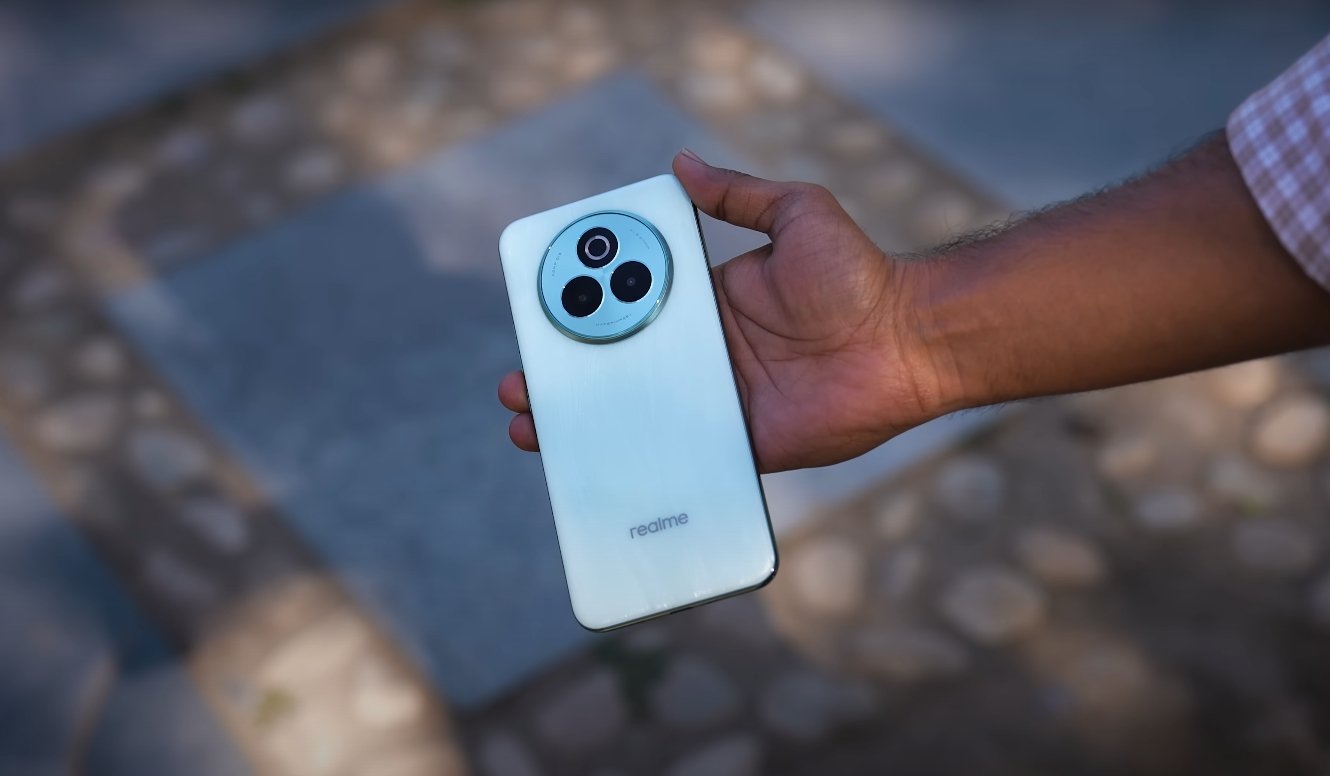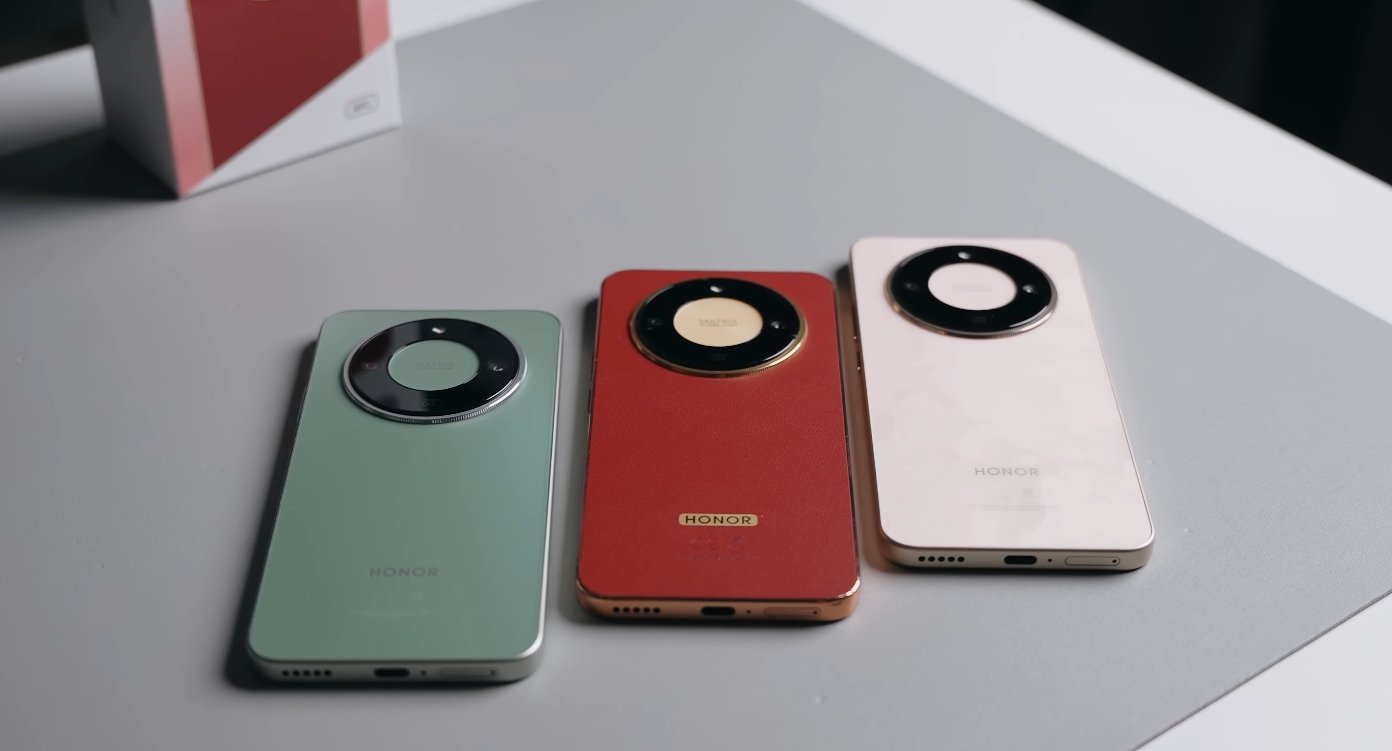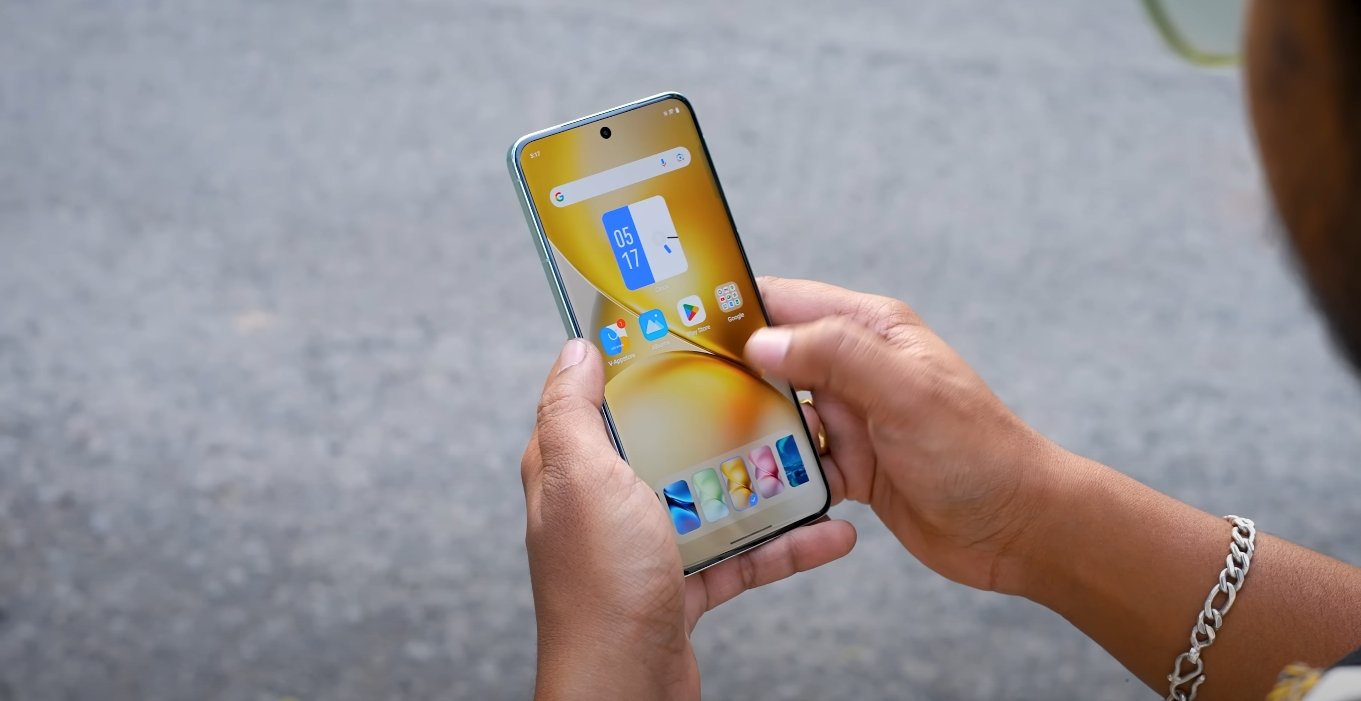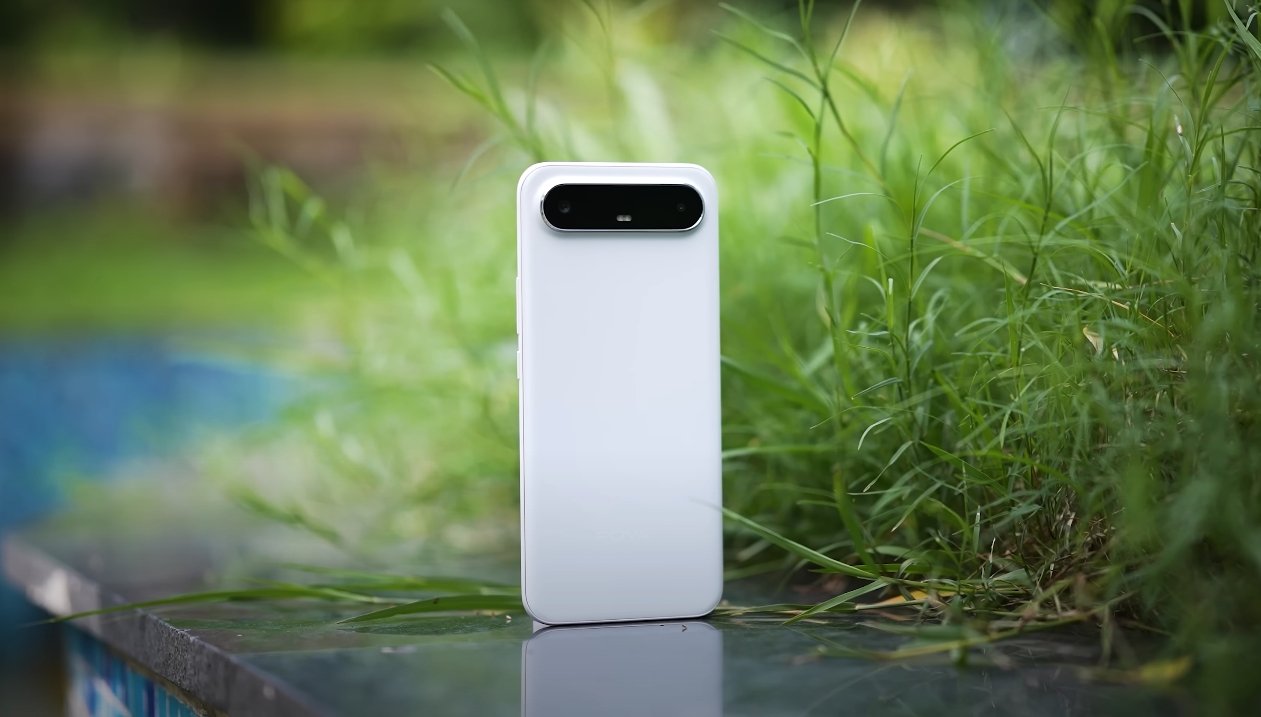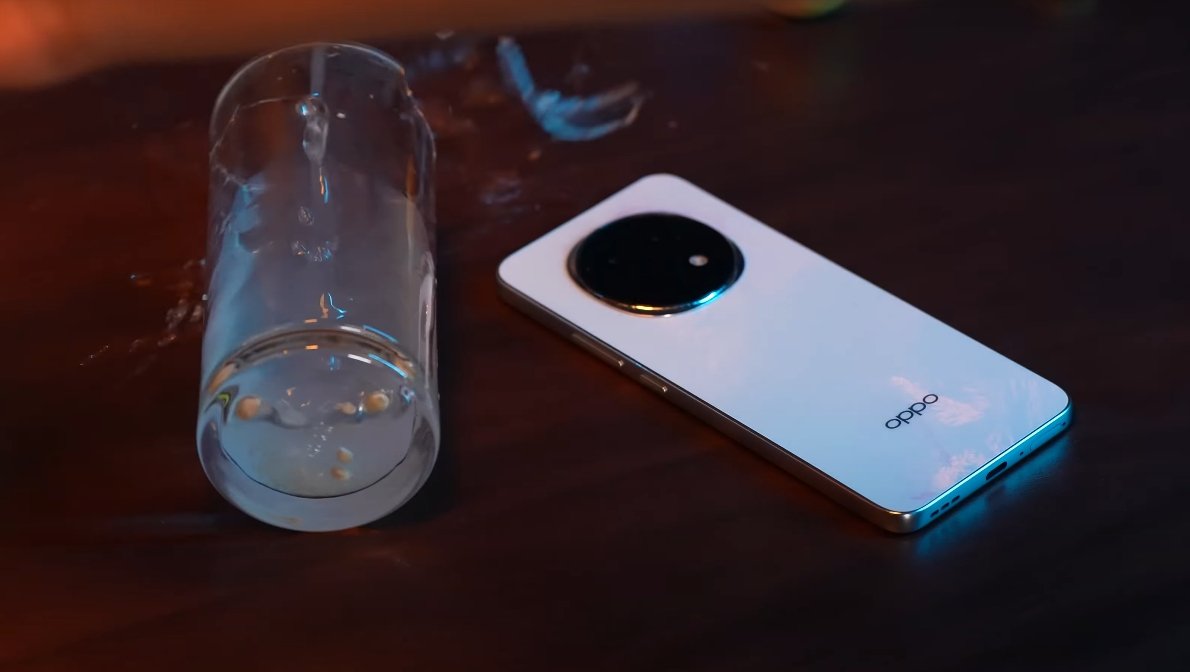Surprising Results in the Latest Midrange Speed Showdown
The Honor X9d and iQOO Z9 Pro have become two of the most talked-about smartphones in the midrange segment this year. Both promise outstanding performance, long-lasting efficiency, and cutting-edge hardware, but when put through an actual performance test, the results were more shocking than expected. While one excels in raw speed and gaming power, the other impresses with unmatched endurance and sustained stability. This face-off reveals just how far both brands have pushed their limits to redefine performance standards in 2025.
The iQOO Z9 Pro enters the competition with a clear advantage on paper. Powered by the Snapdragon 7 Gen 3 chipset, built on a 4nm process, it boasts higher clock speeds and superior GPU performance compared to the Honor X9d’s Snapdragon 6 Gen 4. This allows the Z9 Pro to achieve faster app loading times, smoother gameplay, and better benchmark scores. Coupled with up to 12GB of RAM and 512GB of storage, it handles demanding tasks effortlessly. Whether it’s gaming, editing, or multitasking, the phone delivers sharp responsiveness without visible lag. The software, optimized with iQOO’s FunTouch OS, further refines the experience by minimizing background delays and improving animation fluidity.
The Honor X9d, meanwhile, takes a different approach. Rather than chasing benchmark scores, it focuses on sustained performance and endurance. It comes equipped with a massive 8,300mAh silicon-carbon battery, one of the largest in its class, paired with 66W fast charging. Despite using the slightly less powerful Snapdragon 6 Gen 4 processor, Honor has optimized the phone for consistent performance across extended usage. This means that while the iQOO Z9 Pro might sprint ahead in short bursts, the Honor X9d keeps running longer without overheating or throttling. During real-world use, including social media multitasking, video streaming, and photography, it remains steady and power-efficient even after hours of operation.
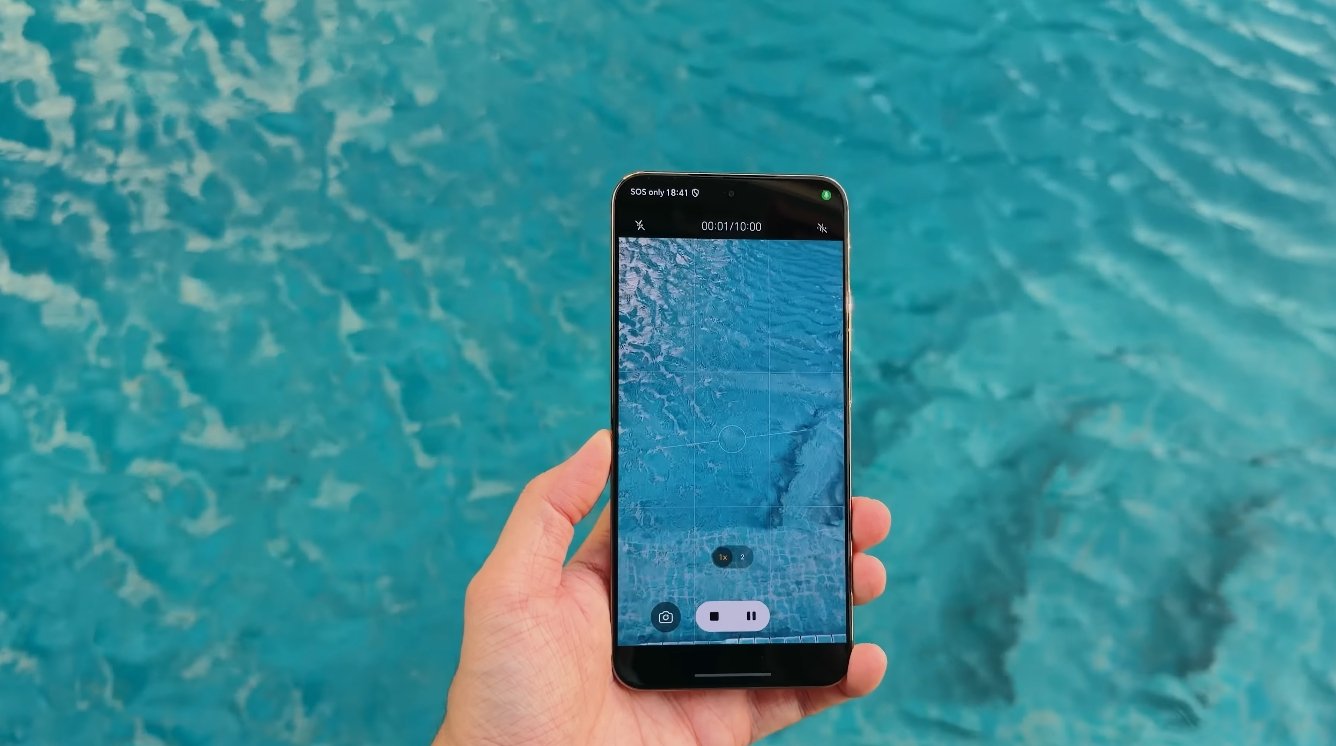
In display performance, both smartphones feature 120Hz AMOLED panels that offer smooth scrolling and vivid color reproduction. The iQOO Z9 Pro’s 6.78-inch curved display gives it a premium look, while Honor’s 6.79-inch flat AMOLED panel boasts higher resolution and exceptional outdoor brightness. In terms of touch response and animation fluidity, the iQOO edges ahead due to its faster GPU and optimized rendering speeds. However, Honor’s higher resolution and battery-friendly calibration allow it to deliver longer on-screen time without draining excessive power, giving it a clear advantage for endurance-focused users.
Thermal management was another area where the results turned surprising. The iQOO Z9 Pro features a large vapor cooling system designed to handle long gaming sessions, but during extended use, it still reached higher temperatures compared to the Honor X9d. Honor’s efficient design and slightly underclocked processor allowed it to remain cooler even under stress. This directly impacted performance stability, as the iQOO occasionally showed slight drops in frame rates after long periods of gaming, whereas the Honor maintained consistent responsiveness with minimal heat buildup. For users who game continuously or use their phone for video recording and streaming, this stability can make a significant difference.
Battery endurance became the most decisive factor in this comparison. The Honor X9d’s 8,300mAh battery delivers exceptional runtime, easily lasting up to two full days on moderate use. In contrast, the iQOO Z9 Pro’s 5,500mAh unit, although supported by 80W fast charging, cannot match the overall endurance of Honor’s massive cell. The real shocker came in standby and background usage tests—Honor’s software optimizations ensured minimal battery drain, proving that it is designed for users who demand both performance and longevity without compromising either.
In pure speed terms, the iQOO Z9 Pro is the undeniable winner. It offers faster data processing, better gaming visuals, and higher benchmark numbers. Its Snapdragon 7 Gen 3 chip gives it an upper hand in responsiveness and multitasking efficiency. However, the Honor X9d emerges as the real-world champion in endurance, battery management, and thermal control. It delivers a steady and reliable experience that doesn’t fade with time, making it ideal for users who value consistency and durability over raw horsepower.
Ultimately, this shocking performance test proves that both smartphones excel in different ways. The iQOO Z9 Pro is made for those who crave speed, fluid animations, and the thrill of gaming performance. Meanwhile, the Honor X9d appeals to users who prioritize lasting power, cooler operation, and rugged dependability. In a market filled with performance-focused devices, Honor’s ability to hold its own against a technically stronger opponent highlights how balanced engineering and optimization can still win half the battle. Whether you prefer blazing-fast results or long-lasting reliability, this showdown makes one thing clear — both the Honor X9d and iQOO Z9 Pro redefine what midrange smartphones can achieve in 2025.
Also Read: Honor X9d vs Galaxy M17 5G: Surprising Battery Results
